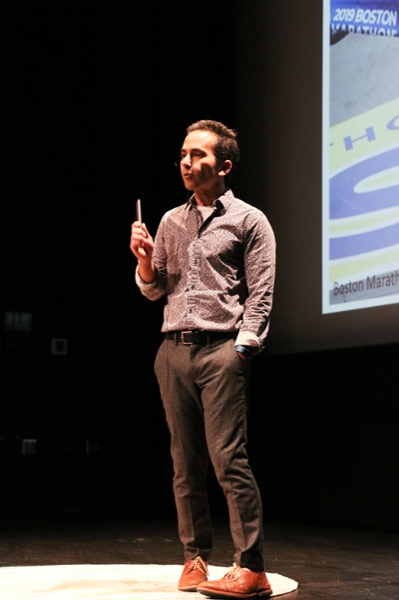Examining the Benefits and Outcomes of the NIH
August 2020 | Jade Griffin | GPS News

The National Institutes of Health (NIH) is the largest funder of biomedical research in the U.S., but what are the societal and medical benefits of this government-funded research?
CGT Director Joshua Graff Zivin, together with co-authors Pierre Azoulay, Danielle Li and Bhaven N. Sampat, found that NIH funding of biomedical research leads to new patent filings by private companies and increases long-term drug sales, without crowding out private investment in other research areas.
The researchers examined NIH funding of biomedical research projects from 1980 through 2005 and sought to quantify the impact of that funding on the rate of patent production by pharmaceutical and biotechnology firms. They created an entirely new “bibliometric” database which allowed them to link NIH grants that had been cited in publications to patent applications that specifically cited those publications.
This approach allowed the authors to track the often-circuitous path from NIH funding to subsequent patentable innovations. Using publication citations and NIH project data, they also could measure whether NIH funding crowded out private research efforts.
“One of the challenges to evaluating the productivity of government-supported research is establishing direct links between specific research projects and meaningful downstream outcomes, such as a cure for a disease or development of a new blockbuster drug,” said Graff Zivin. “Scientific research doesn’t generally follow a straight path. Scientists build on the prior research of others across a wide range of areas, creating a complicated genealogy of projects which may have contributed to the creation of successful innovations.”
Overall, the study showed that NIH funding increases total private-sector patent activity. The authors estimate that each $10 million in NIH funding generates 3.1 additional private-sector patents, with approximately half of these patents targeting a disease different from the one that formed the basis of the initial research. In financial terms, the authors’ calculations suggest that $1 of NIH funding leads to between 70 cents and $2.13 dollars in lifetime pharmaceutical sales.
“The size of this effect underscores the importance of our approach to linking patents with funding,” the authors wrote. “By looking only within the same disease area when measuring impact, the prior literature in this area misses almost half of the total impact of basic science funding.”
In recognition of Graff Zivin’s work on the paper and related research on innovation, he was recently appointed as chair of the outcomes and analysis group for a National Academies of Sciences committee that examines the small business innovation programs at the National Institutes of Health.
